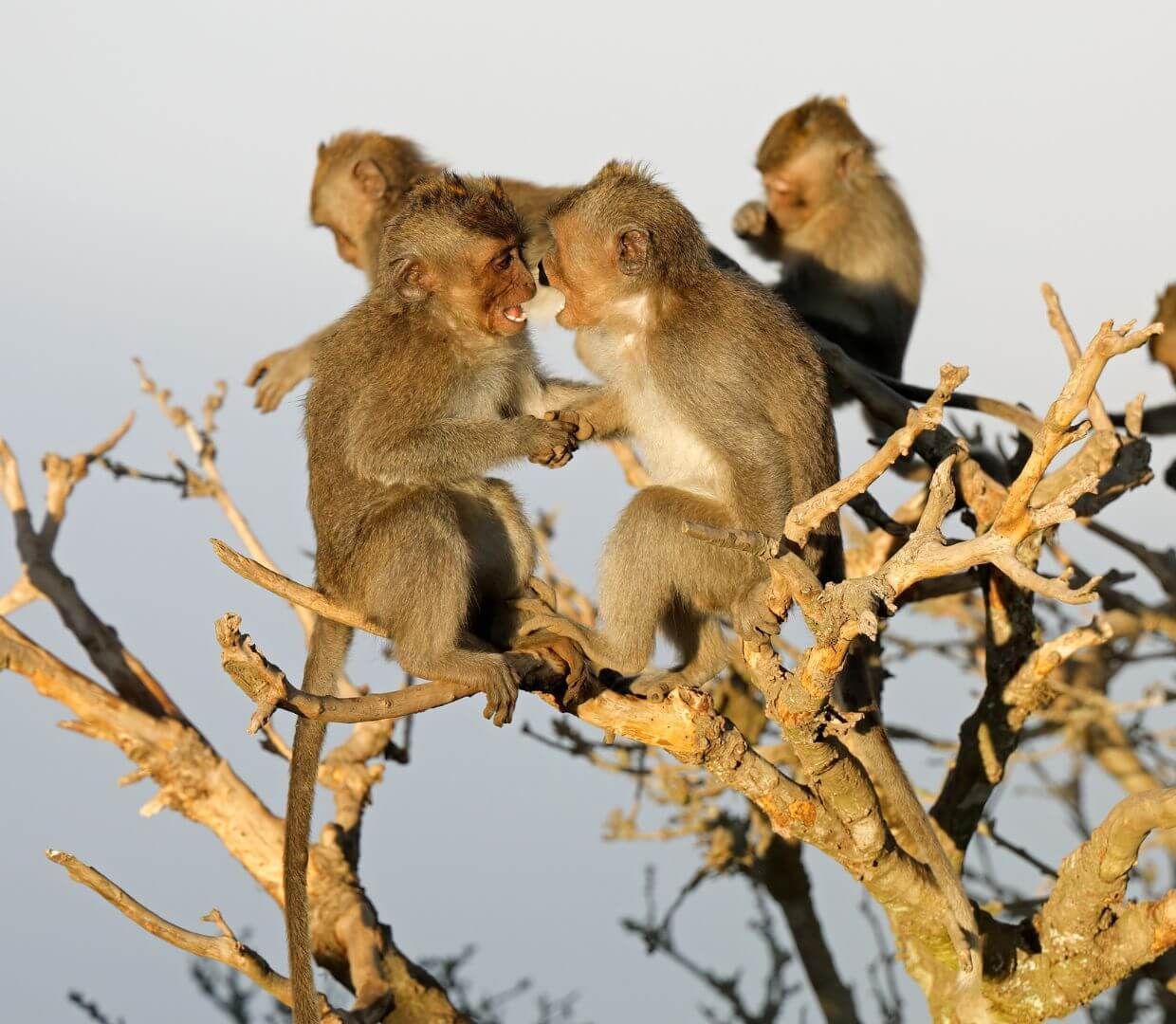Animal Groups

Why Do Animals Live in Groups?
Word of the Week
Gregarious
Gregarious animals live social groups.
Some gregarious animals, like ants, live in large groups where each individual has a job. Other gregarious animals, like flamingos, typically keep to themselves within the group.
BRAIN BLAST
Make a list of 10 gregarious animals. Select one of the animals from your list to learn more about. What kind of social structure do they have?
Species Spotlight
Orca
Orcinus orca
Orcas, also known as killer whales, are not actually whales! Orcas are the largest species of dolphin. They are well-known for being one of the most powerful predators in the ocean. In fact, orcas are apex predators, meaning they are at the top of the food chain. Orcas have no natural predators, but they are predators to many. They feed on fish, stingrays, sharks, seals, and even other dolphins.
One of the many reasons orcas are so powerful is because they hunt as a team. They live in groups called pods that are led by dominant females. Orcas are highly intelligent and communicate with sounds like clicks, whistles, and squeaks. This allows them to make well-thought-out attacks on prey.
Orcas have different hunting strategies based on where they live and what they eat. In the Arctic, orcas “spy hop” to find seals resting on sea ice. Then, they swim as a group to create a wave that knocks the seal into the water.
When feeding on schooling fish, orcas release bubbles to drive the fish into a tight ball. They smack the fish with their tail to stun them, then easily catch and eat them.
When hunting larger prey like dolphins or sharks, they ram into their side to injure or stun them. Orcas have been seen killing great white sharks with this strategy! Orcas are nearly unstoppable thanks to their incredible intelligence and ability to communicate with their pod.
*Warning: Video shows orcas catching seal.*
Conservation Corner
The Dangers of Living in a Group
Living in a group is an important survival strategy for many animals. Animals like antelope, flamingos, and fish live in large groups to lower the chances of being caught by a predator. If a fish lives in a school of 100 fish, they are less likely to get eaten than if they lived alone.
Living in a large group helps animals avoid natural predators. However, it puts some in danger of being captured by a highly intelligent animal with tools and weapons... humans.
Humans have tools to collect lots of animals at once. This becomes easier when the animals are in a group. One animal that frequently falls victim to this is fish. Fish are being caught by humans at a rate faster than they can reproduce, causing their population to get smaller and smaller. We call this overfishing.
Humans use many different tools and methods to catch fish. To catch fish that gather in schools, large nets attached to ships are dropped around the school. This allows fishermen to catch most of the school at once. It would be impossible for natural predators like sharks and dolphins to catch fish this many fish this quickly. Removing this many fish at once can disrupt ocean food webs as many ocean predators rely on schooling fish for food.
You can make a difference! Make sure any non-farmed meat you eat, especially seafood, is caught sustainability without using any of these disruptive methods.
Animal Groups Challenge
Use information learned in this Adventure and additional research to determine which animals are solitary and which are gregarious.
Materials:
Packet attached below
Pen or pencil
Scissors
Glue or tape
Think you're an expert? Describe the benefits each gregarious animal gets from living in a group.
Learn More!
Glossary
Apex Predator
The animal at the top of its food chain; it has no natural predators.
Competition
An interaction between organisms where both are working to obtain the same resource.
Dominant
Used to describe the biggest, strongest, most fit individual in a group.
Echolocation
The process of sending sound signals and determining the layout of the environment (including anything moving!) using the sound waves reflected back.
Food Web
A tool used by scientists to describe how different food chains overlap and the different pathways of energy transfer.
Gregarious
Living in a social group.
Overfishing
Harvesting fish faster than they can reproduce.
Predator
An animal that hunts other animals for food.
Prey
An animal that is hunted and eaten by another animal.
Social
[Zoology] Living with others.
Social Structure
The arrangement of roles and relationships within a group of animals.
Solitary
Living alone.
Spy Hop
A tactic used by orcas and other cetaceans to view above water.
Sustainability
The act of advancing as humans while working to have a positive impact on the natural world.
Territorial
To protect and keep other animals out of a designated space.





